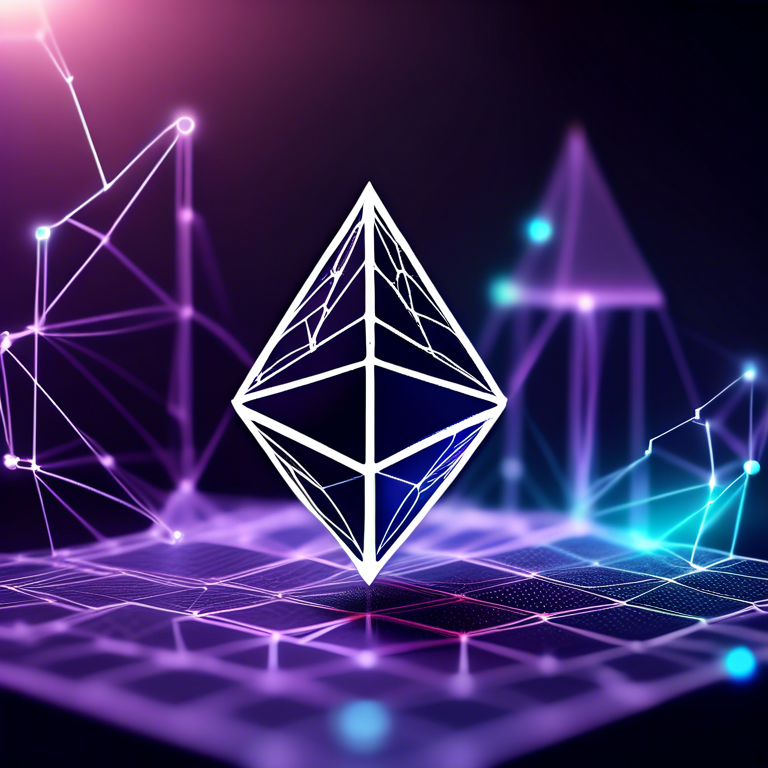This article guides you through the fundamental aspects of Ethereum testnets, focusing on Ethereum block explorers and the intriguing concept of value within these test environments. By understanding the functionality and utility of testnets, we can appreciate the non-monetary value these platforms offer for development and testing.

Ethereum Testnets: A Sandbox for Developers
Ethereum testnets are essentially simulation environments where developers can experiment, test new applications or updates, and understand blockchain dynamics without the risks and costs associated with the main network (mainnet). These platforms replicate the Ethereum mainnet’s environment, providing a valuable tool for developers. The primary Ethereum testnets include Ropsten, Kovan, Rinkeby, and Goerli, each with its unique consensus mechanisms and purposes. For example, Ropsten closely mirrors the mainnet by using proof-of-work (PoW
), making it ideal for testing smart contracts under conditions similar to the live Ethereum network. Conversely, Kovan and Rinkeby use proof-of-authority (PoA
), offering faster and more predictable block times but in a more controlled environment.
Understanding Ethereum Block Explorers in Testnets
Block explorers are tools that provide detailed information about blockchain transactions, blocks, and addresses. In the context of Ethereum testnets, these explorers allow developers to verify their transactions, smart contracts, and interactions within the test environment. Sites like Etherscan, which also operates testnet versions, facilitate the tracking of block confirmations, contract deployments, and transaction statuses. This visibility is crucial for debugging and refining blockchain applications before deploying them on the mainnet.
Price and Value in Ethereum Testnets
Although testnets simulate the Ethereum mainnet, the native tokens used within these environments (often referred to as “test ETH”) carry no real monetary value. These tokens are freely distributed through faucets — websites that distribute free test tokens to simulate economic transactions without financial risks. The lack of real-world value is deliberate, ensuring that testnets remain environments primarily for development rather than for commercial activities or trading. However, this does not negate the intrinsic value that testnets provide as a platform for innovation, testing, and learning. Understanding the dynamics, potential pitfalls, and successes here without financial implications is invaluable for developers and project teams.
In conclusion, Ethereum testnets and their corresponding block explorers play a critical role in the Ethereum ecosystem, offering a risk-free environment for developers to innovate and refine their projects. While the tokens used within these networks may not have monetary value, the opportunity for development and testing they provide is invaluable. As blockchain technology continues to evolve, the significance of these test environments and the tools to navigate them, like block explorers, will only grow.